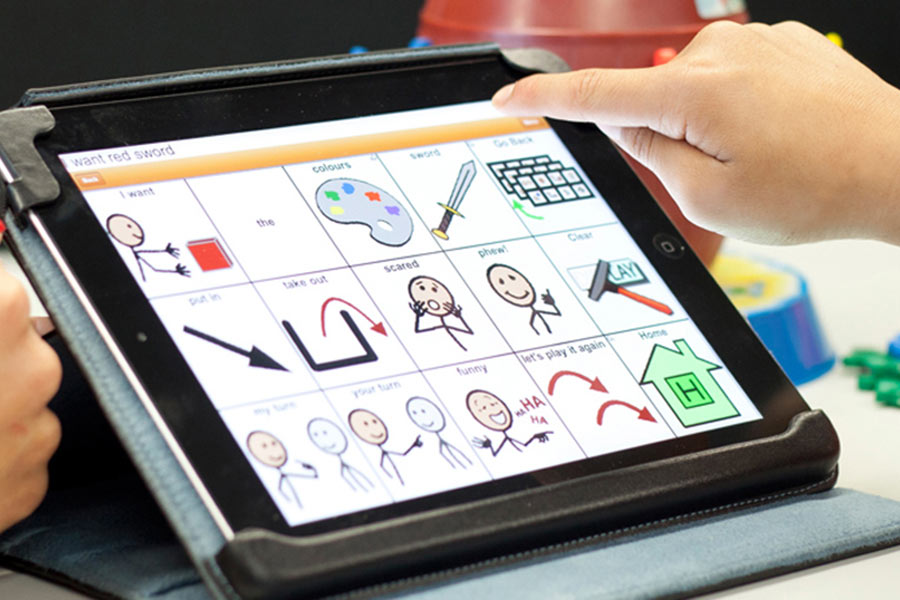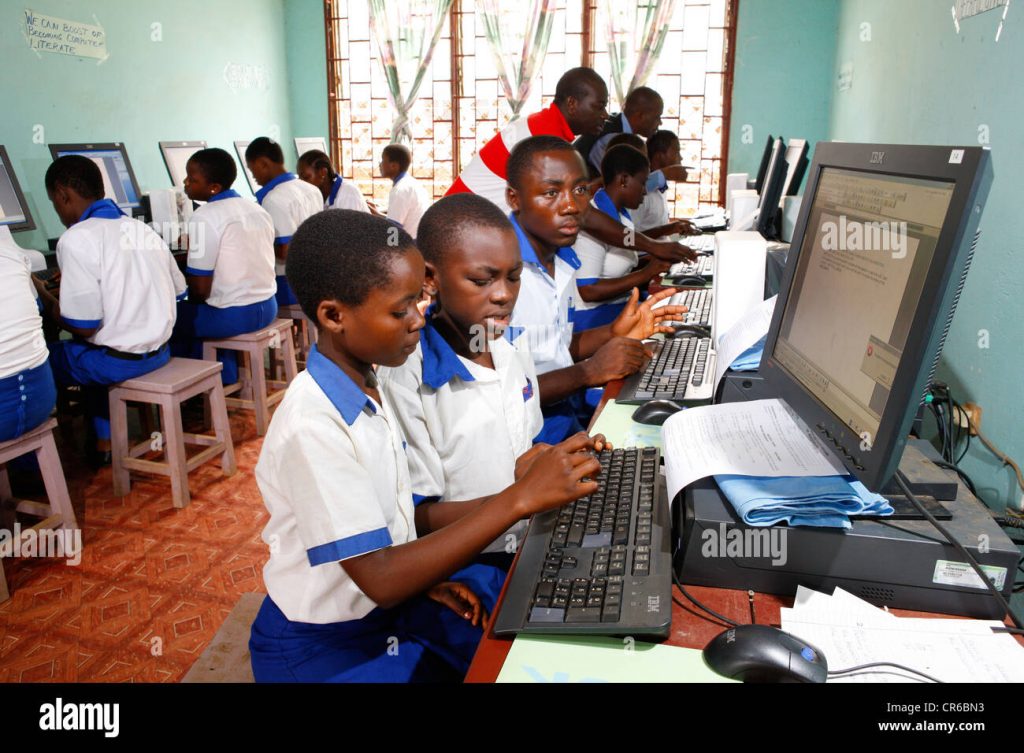My niece was born with cerebral palsy and without the technological advancements, her life would be more restricted. Since birth, she has needed many different types of technology from machines to help her breathe to special wheelchairs that help her move around without relying on others. Her parents have also benefited from a special van that helps load her into the vehicle without lifting her all the time. She also uses a communication device to speak with others. Without that tech, she would not be able to express her opinions and interact with others. Both examples have helped her become more independent and see herself as a contributing citizen. Tech made her personal and school life better in every way possible.
What if you don’t have access to technology?

The flip side of this is those people born into a family with a different socioeconomic status or in a country that does not have access to those devices. While the tech is available it is not always accessible. Similar, to computers and devices here in Regina for all families. A case of the haves and have-nots. Socioeconomic status is very important in the equity of technology. Low socioeconomic status affects technology and equity. No internet and no devices. We sent computers home during the pandemic, but it doesn’t matter if there is no internet in the home. It was hard for some students who have one device at home and have several siblings and parents who need to use it as well. Some of my parents had to use their own devices to work from home so my students couldn’t join us during the day for our lessons. This is a societal problem. There should be equal access to all.
“The shift to remote learning was a blow to many students who were already vulnerable, particularly students of color and low-income children and youth.”
Amundson and Ko (2021)
We need the funding to provide this if we really want all our students to have access to tech because tech provides an opportunity to those who have it and leaves behind those who don’t have access to it.
When the tech and devices are available to all you can see an increase in student engagement levels within our education system. Some students achieve at a greater level when they can use tech in class. Literacy can improve and when implemented properly it can support learners. According to Jenner (2021), with tech more of the world’s population has access to education. This is exactly what we want to see. We want youth from around the world to have access to information and knowledge that they can’t access in their homes.
I have personal experience with a statement from the disagree side from Weeden & Kelly (2021), “Canada will not realize its full potential until rural communities are fully included in identifying and responding to our most pressing social and economic challenges, including digital policy.” Growing up on the reserve during the digital boom wasn’t really as impressive for me as I am sure it was for those living in urban centers. Even today in 2022 the internet connection on the reserve and on my current acreage is nowhere near what high speed is for those living in the city. Heck, we can’t even provide clean drinking water to some northern communities in our country, how can we expect high internet speeds. The digital divide does create inequality between those who have access to technology and that knowledge from around the world with just a few clicks and those who don’t and have to search and visit libraries ect. to find information.
What contributes to the Digital Divide?
- Income
- Age
- Gender
- Ethnicity
- Location
The question I leave you with is, how do we bridge the gap of digital divide?
Debate #2 – Technology has led to a more equitable society.



I think one of the keys to bridging the digital divide is to see access to information as a basic human right, in the same way we view other basic needs. As you rightfully pointed out Canada has a woeful track record when it comes to providing the very basics of human needs to our remote communities. It is almost beyond belief that a member of the G7 cannot provide clean drinking water to 100% of its citizens.
I think we need to shift our thinking away from the idea that providing services to our citizens are costs, and instead view them as investments. By providing access to technology and broadband internet to all of our citizens we could tap into a huge reserve of new ideas and innovations. How many new ideas go undeveloped because the individual who has them can’t nurture their curiosity? What developments are we missing out on?
@Mathew Fehr “one of the keys to bridging the digital divide is to see access to information as a basic human right”. That statement just blew my mind with it’s obviousness that I wonder why it hadn’t occurred to me before. However there needs to an unfortunate caveat made that just because something is considered a basic human right, like clean drinking water for example, it doesn’t mean that all reserve communities would neccesarily have access to it.
This comment…@Mathew Fehr “one of the keys to bridging the digital divide is to see access to information as a basic human right”, was very intriguing.
How do you envision this happening? In a country where we have universal health care and other programs, where do you see this fitting in terms of a budget? In theory, this is a really key concept that I would say fits what I think. However, in actuality, I find it hard to process what it would look like and how it would work. Currently, in Regina, people have access to technology and WIFI using city property and libraries. Is that something that would be expanded to other communities? Or do you see it as a stand alone in each household?